Introduction
The advent of N-Type technology in solar cell manufacturing heralds a transformative era for the solar industry, offering a suite of advantages over the traditional P-Type silicon cells.
This leap forward is characterized by enhanced efficiency, superior longevity, and a robust resistance to degradation, promising to elevate solar energy’s role as a pivotal player in the global renewable energy landscape.
In this article, we delve into what N-Type technology is, how it differs from traditional solar cell technologies, and its implications for the future of solar energy.
Part 1: Understanding N-Type Technology
N-Type technology refers to the use of phosphorus-doped silicon as the base material for solar cells, which inherently has a negative (n) charge due to the extra electrons provided by phosphorus.
This contrasts with the more common P-Type silicon, doped with boron, which has a positive (p) charge due to the lack of electrons.
The ‘N’ in N-Type stands for negative, indicating the negative charge of the silicon that forms the majority of the cell’s structure.

Key Features of N-Type Silicon
1.1 Reduced Light Induced Degradation (LID)
N-Type silicon cells offer a significant advantage over their P-Type counterparts due to their resilience against Light Induced Degradation (LID).
LID can significantly impair the performance of solar panels by reducing their efficiency as they are exposed to sunlight over time.
The N-Type silicon’s structure is inherently less susceptible to LID, thanks to its negative charge that stems from the phosphorus doping.
This characteristic ensures that solar panels retain their initial efficiency levels for a longer duration, enhancing the overall energy yield and reliability of solar installations.
1.2 Higher Efficiency
The efficiency of solar cells is a critical factor in determining the output of a solar panel. N-Type silicon cells excel in converting a higher percentage of sunlight into electricity, primarily due to their superior electronic properties.
The presence of additional electrons allows for a better collection and flow of electrical charges generated by sunlight. This efficiency is particularly beneficial in low-light conditions or on cloudy days when the amount of sunlight is limited.
Consequently, N-Type solar cells can achieve efficiency rates that are several percentage points higher than those of P-Type cells, making them an attractive option for high-performance solar applications.
1.3 Lower Boron-Oxygen Defects
One of the challenges with P-Type silicon has been the formation of boron-oxygen complexes within the silicon lattice, which can act as recombination centers for charge carriers, thereby reducing the efficiency of the solar cell.
N-Type silicon, on the other hand, is doped with elements like phosphorus, which do not form such detrimental complexes. This characteristic significantly reduces the presence of performance-impairing defects in N-Type cells, leading to a more stable and efficient energy conversion process.
This stability is particularly important in ensuring the long-term reliability and performance consistency of solar panels.

Part 2: How It Differs from Traditional Solar Cell Technologies
Traditional solar cells, made predominantly from P-Type silicon, have been the cornerstone of solar panel manufacturing due to their cost-effectiveness and well-understood manufacturing processes. These cells use boron-doped silicon, creating a positive charge by introducing holes.
However, despite their widespread use, P-Type cells have intrinsic limitations, particularly in terms of efficiency degradation over time and susceptibility to certain types of solar cell degradation.
Enter N-Type technology, a breakthrough that addresses these limitations head-on. Utilizing phosphorus-doped silicon, N-Type cells introduce an excess of electrons, creating a negative charge.
This fundamental difference in doping material and resultant electronic properties lays the groundwork for several transformative advantages over traditional P-Type silicon cells.
2.1 Enhanced Efficiency
One of the most compelling benefits of N-Type silicon is its superior efficiency. N-Type cells exhibit a higher tolerance to sunlight exposure, translating into less efficiency loss over time.
This resilience is partly due to their reduced susceptibility to boron-oxygen related defects, which can plague P-Type cells and degrade their performance under extended sunlight exposure.
Moreover, N-Type cells can more effectively convert sunlight into electricity. The absence of boron-oxygen recombination sites in N-Type silicon means that these cells can maintain higher efficiency levels throughout their operational lifespan.
This capability not only makes N-Type technology a powerful solution for maximizing energy yield from solar installations but also positions it as a key enabler for achieving lower cost per watt, a critical metric in solar energy economics.
2.2 Greater Longevity
The longevity of solar cells is paramount to maximizing the return on investment in solar projects. N-Type technology shines in this regard, offering remarkable resistance to common degradation mechanisms that affect solar cells.
Light Induced Degradation (LID) and Potential Induced Degradation (PID) are two phenomena that can significantly reduce the performance of P-Type solar cells over time. Thanks to the unique properties of N-Type silicon, cells made from this material are less prone to such degradation, ensuring more stable and reliable performance throughout their lifespan.
This increased durability not only makes N-Type solar panels a more attractive investment but also contributes to the sustainability of solar energy by reducing the need for frequent replacements and maintenance.

Part 3: Implications for the Solar Industry
The integration of N-Type technology into the solar industry marks a pivotal shift, with implications that extend beyond improved panel performance and cost considerations.
This advancement not only addresses the technical limitations of previous solar technologies but also reshapes the economic and environmental landscape of solar energy production.
3.1 Enhanced Solar Panel Performance
N-Type technology propels solar panel performance into a new era. With its superior efficiency and resilience against degradation mechanisms, N-Type solar panels are set to redefine expectations for solar energy systems.
This leap in performance is particularly crucial for applications where space is at a premium or where maximizing energy output from a limited area is essential.
For instance, urban installations and portable solar solutions stand to benefit immensely, enabling more versatile and powerful applications of solar technology.
3.2 Cost Implications
While the initial manufacturing costs of N-Type solar cells are higher, the broader economic implications are profound.
The improved efficiency and longevity of N-Type panels translate into significant long-term savings for end-users.
Over time, the reduced need for replacements and maintenance, combined with higher energy yields, can significantly lower the total cost of ownership.
Furthermore, as manufacturing processes for N-Type technology evolve and scale, we can anticipate a reduction in production costs, making this technology increasingly competitive and accessible.
3.3 Environmental Impact
The adoption of N-Type technology accelerates the transition to more sustainable energy solutions. By producing more energy from the same amount of sunlight, N-Type panels optimize resource use, reducing the environmental footprint of solar energy production.
This efficiency leap means that solar installations can achieve higher output while occupying less land, a critical consideration in preserving natural habitats and promoting land use efficiency.
Moreover, the extended lifespan of N-Type panels reduces waste and resource consumption associated with panel replacement, further enhancing the sustainability of solar energy.

3.4 Market Dynamics
The progression of N-Type technology is reshaping market dynamics within the solar industry. As N-Type panels become more prevalent, we can expect a surge in competition, driving innovation and potentially lowering prices across the board.
This technology also opens new markets and opportunities for solar energy, especially in regions where environmental conditions or space constraints have previously limited solar adoption.
The ripple effects of N-Type technology’s maturation will likely spur further advancements in solar technologies, materials, and applications, solidifying solar energy’s role in the global energy mix.
Conclusion
As the solar industry continues to evolve, the implementation of N-Type technology emerges as a cornerstone for future developments. Its advantages of improved efficiency, longevity, and environmental sustainability position it as a key player in advancing solar energy solutions.
SolarCtrl stands at the forefront of this technological revolution, committed to harnessing the potential of N-Type technology to deliver high-performance solar solutions. By choosing SolarCtrl, customers can embark on a journey towards a more sustainable and efficient future, powered by the sun.
We invite you to join us in this endeavor, exploring the vast possibilities that N-Type technology brings to the solar landscape. Contact SolarCtrl today, and let us guide you towards a brighter, cleaner energy tomorrow.




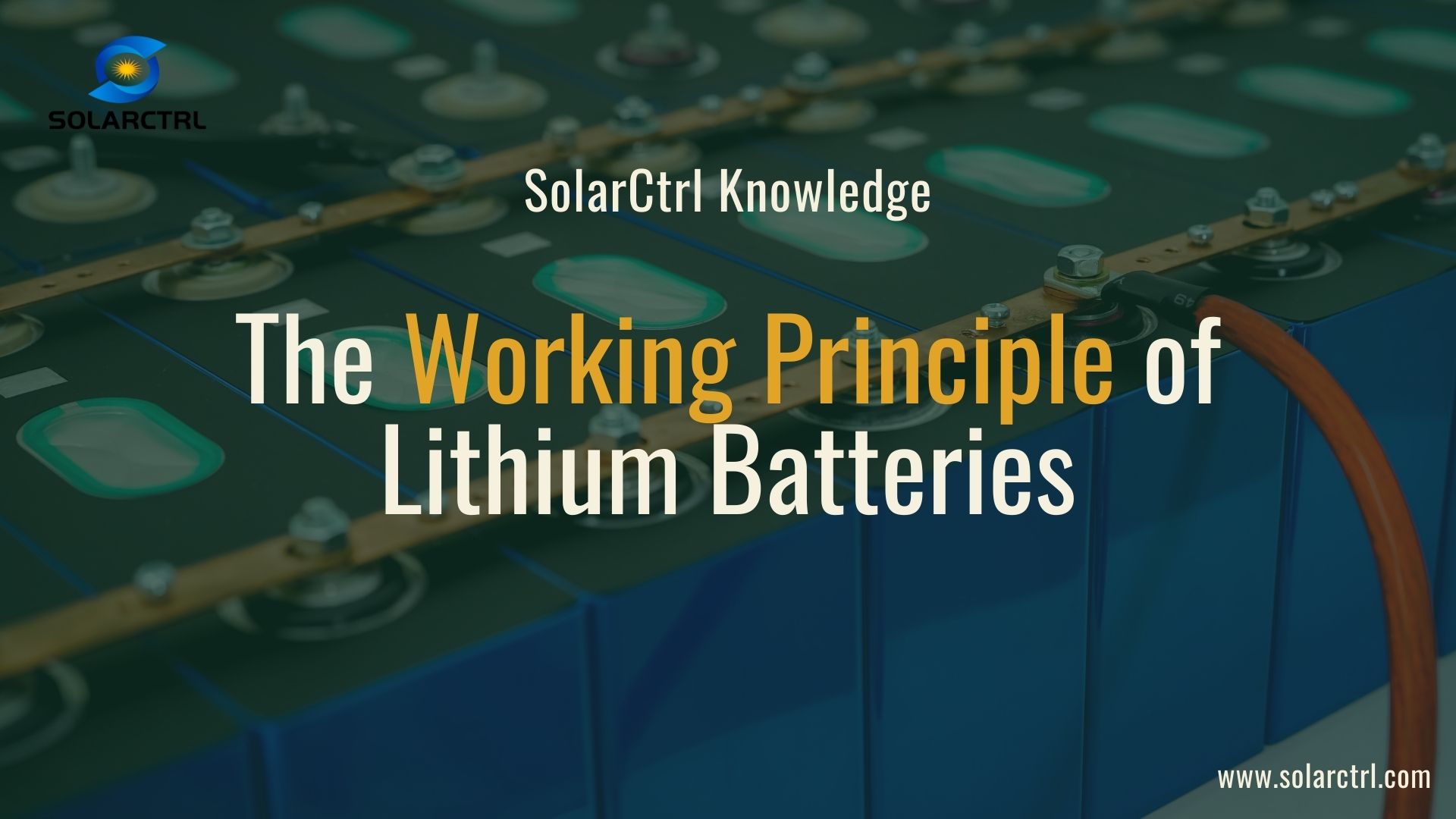
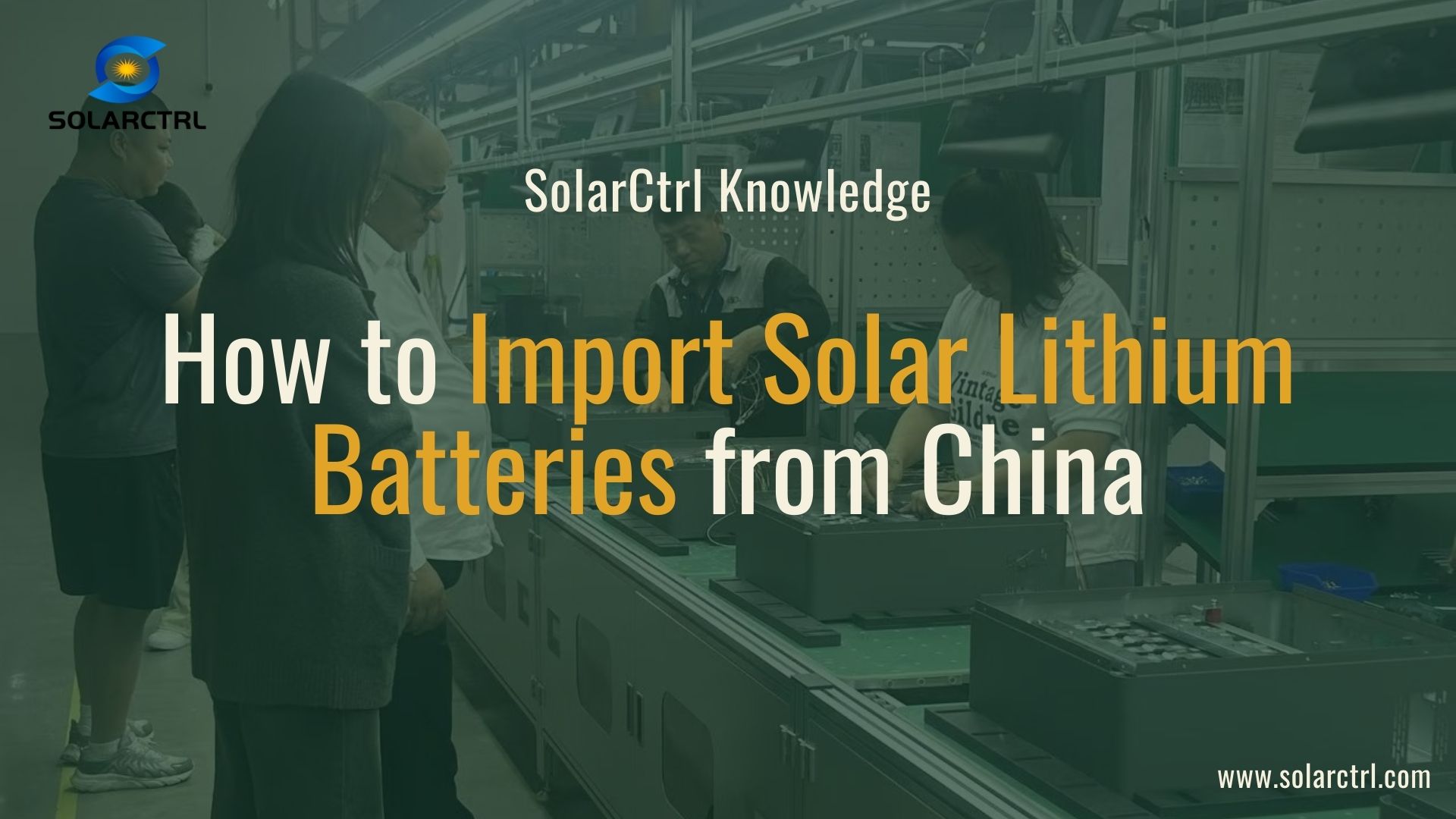
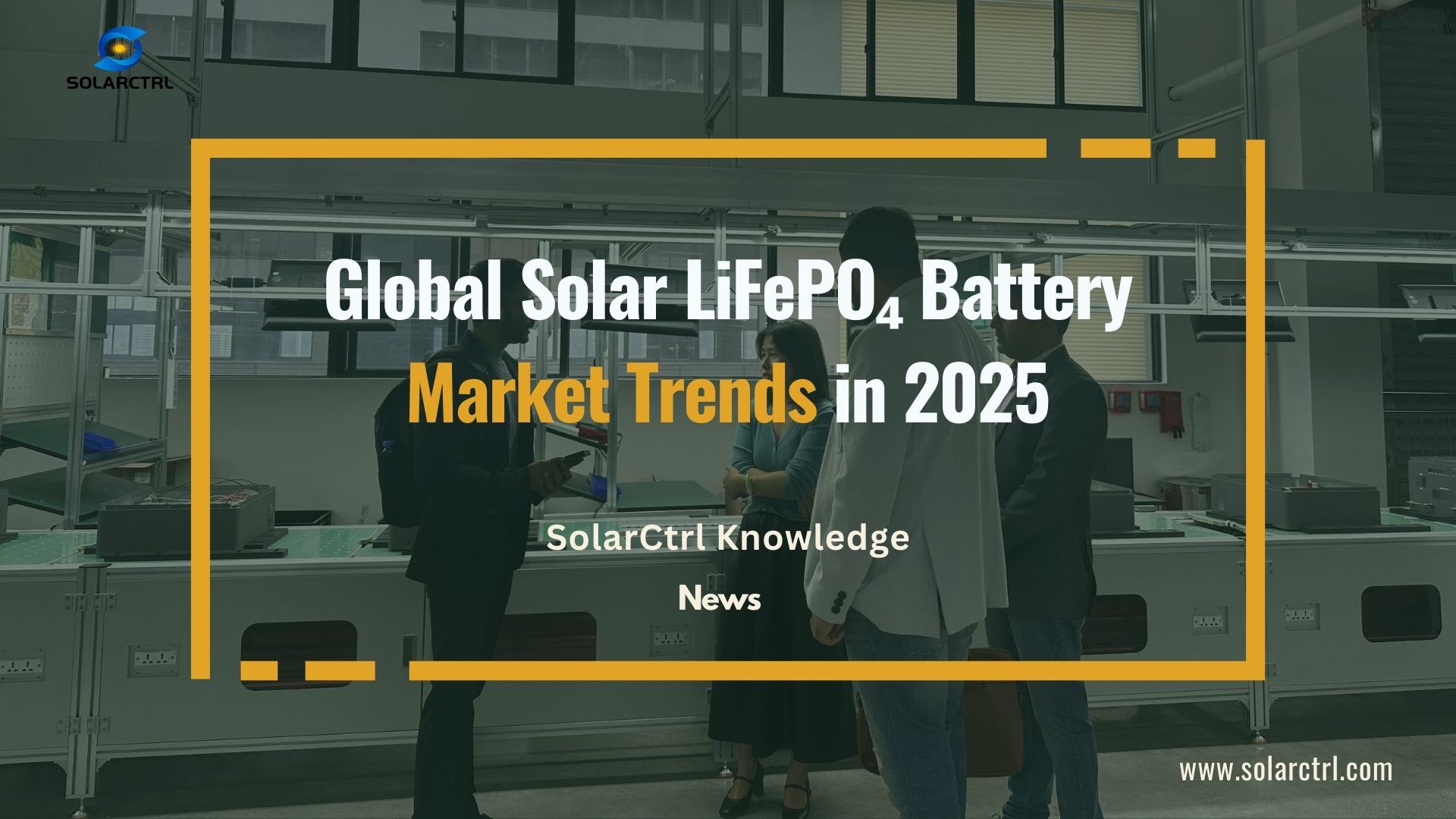



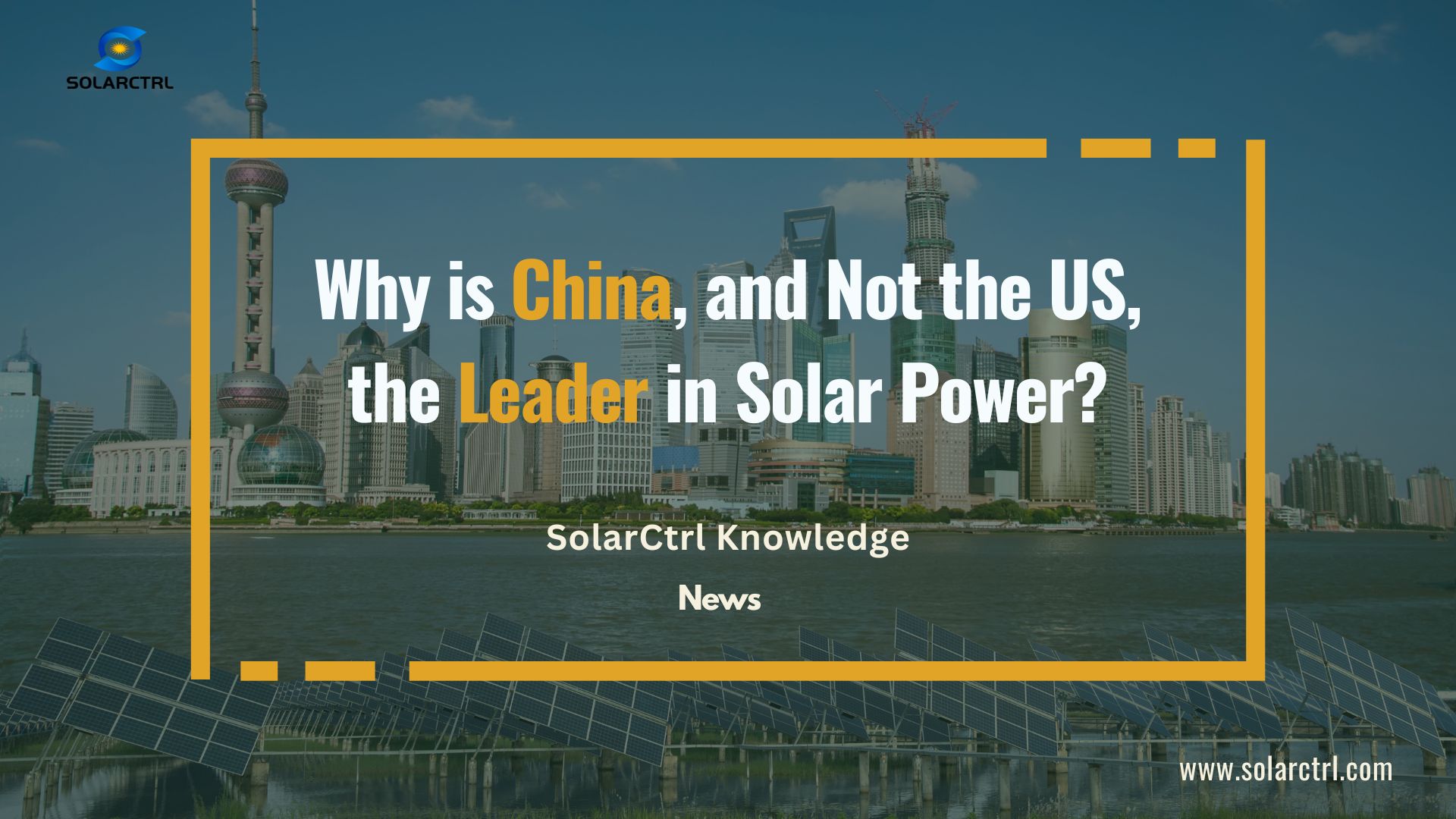
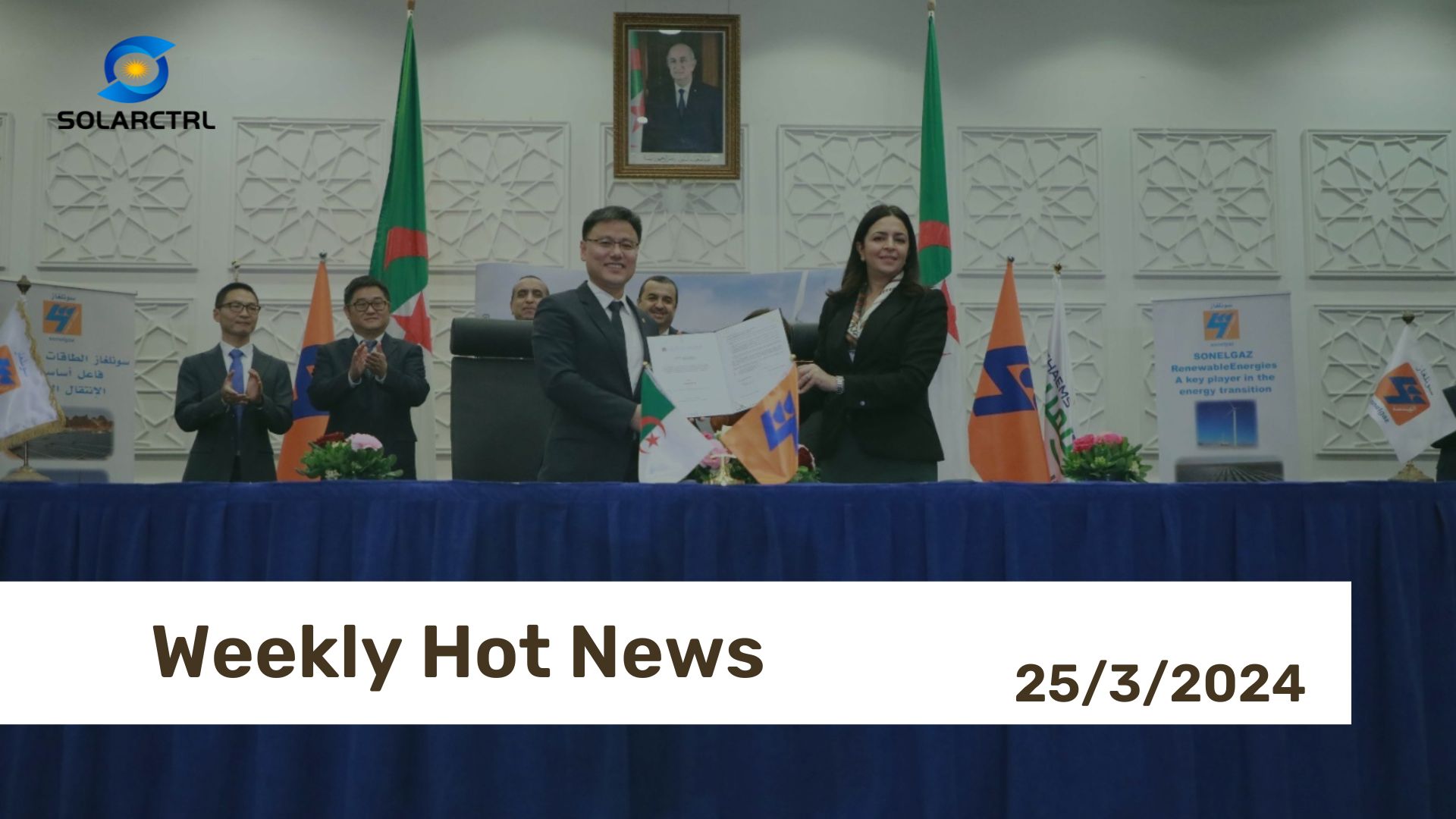



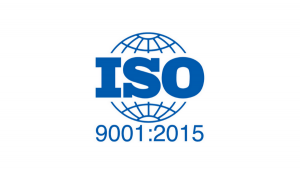
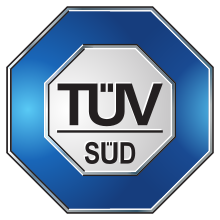
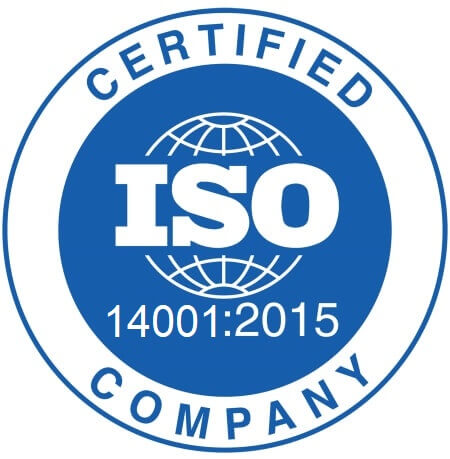
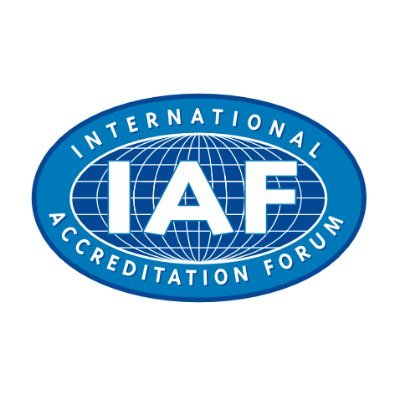


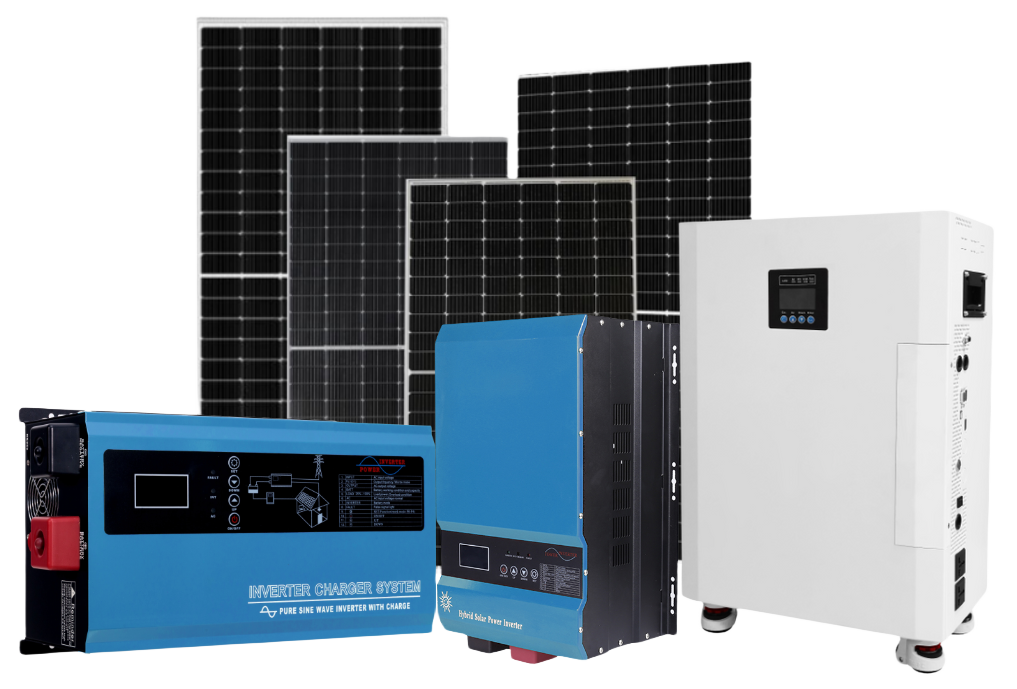
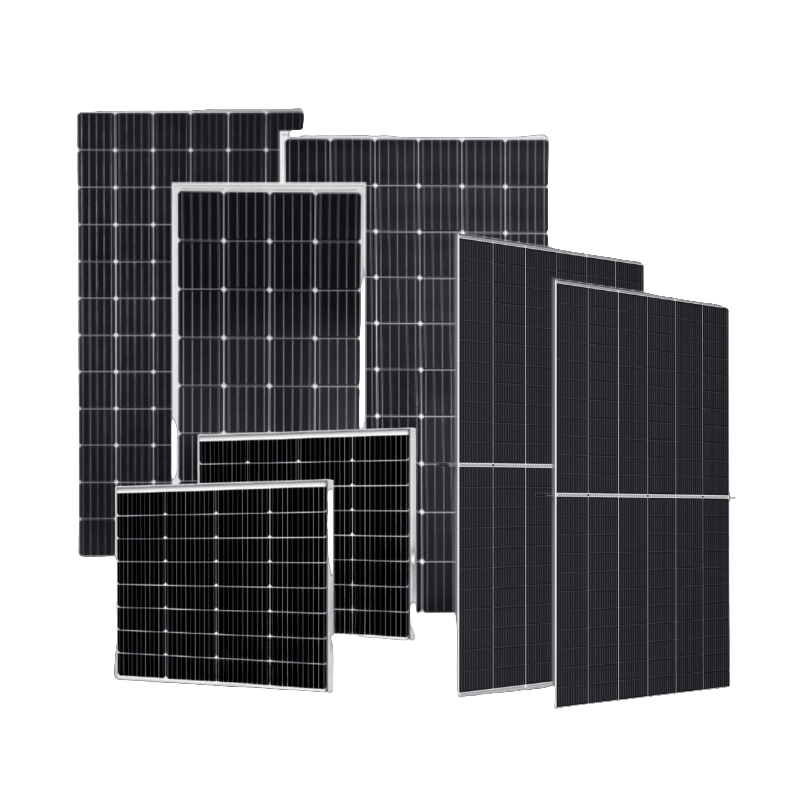
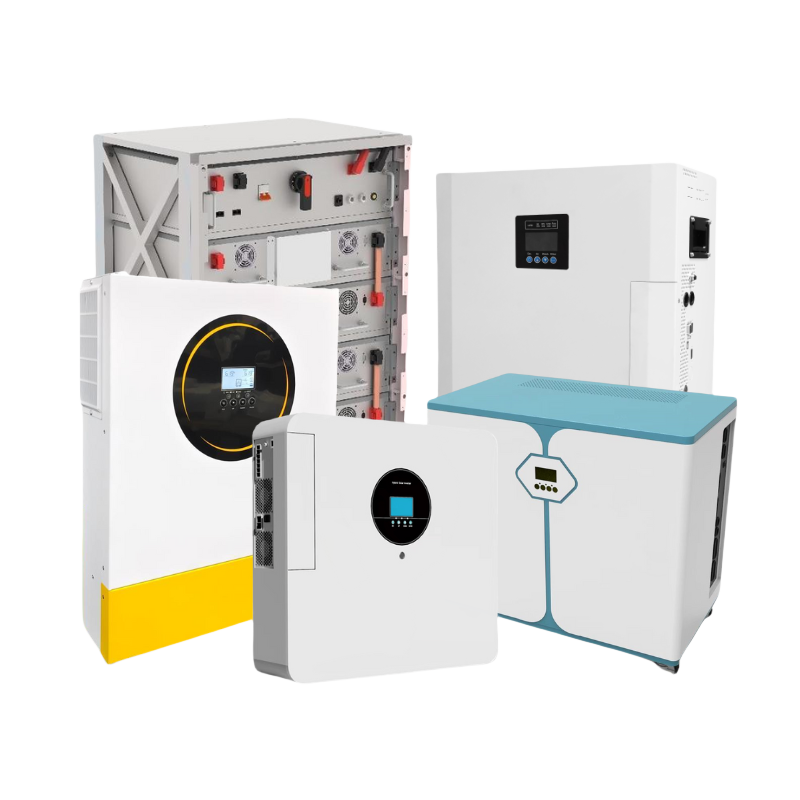
One Response
Very useful information. Thanks